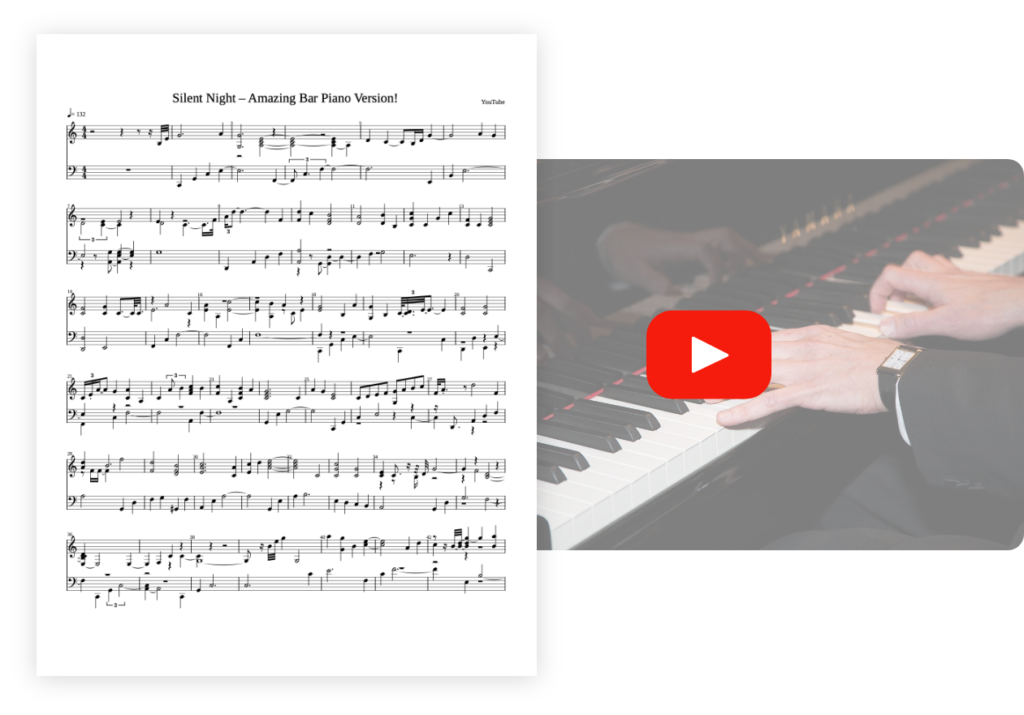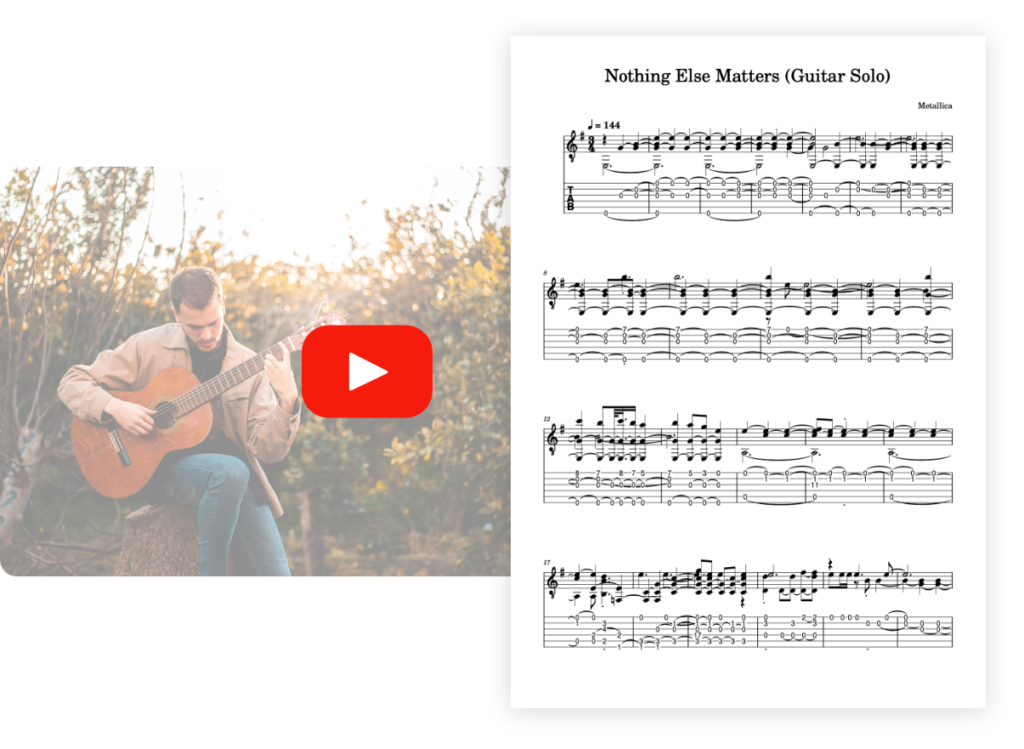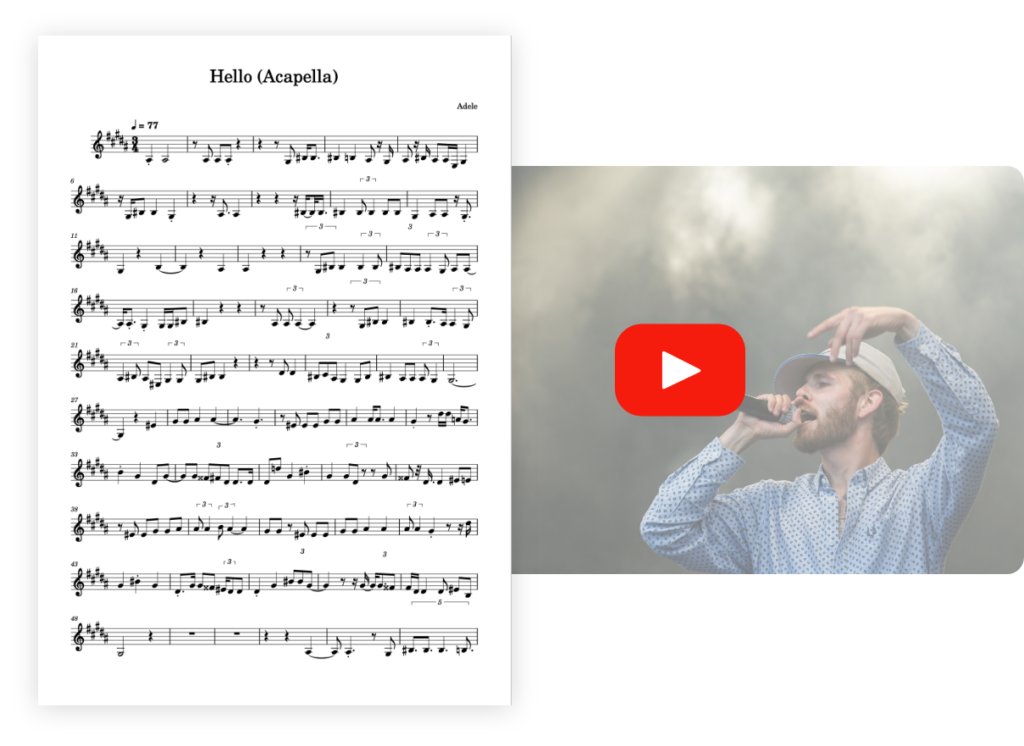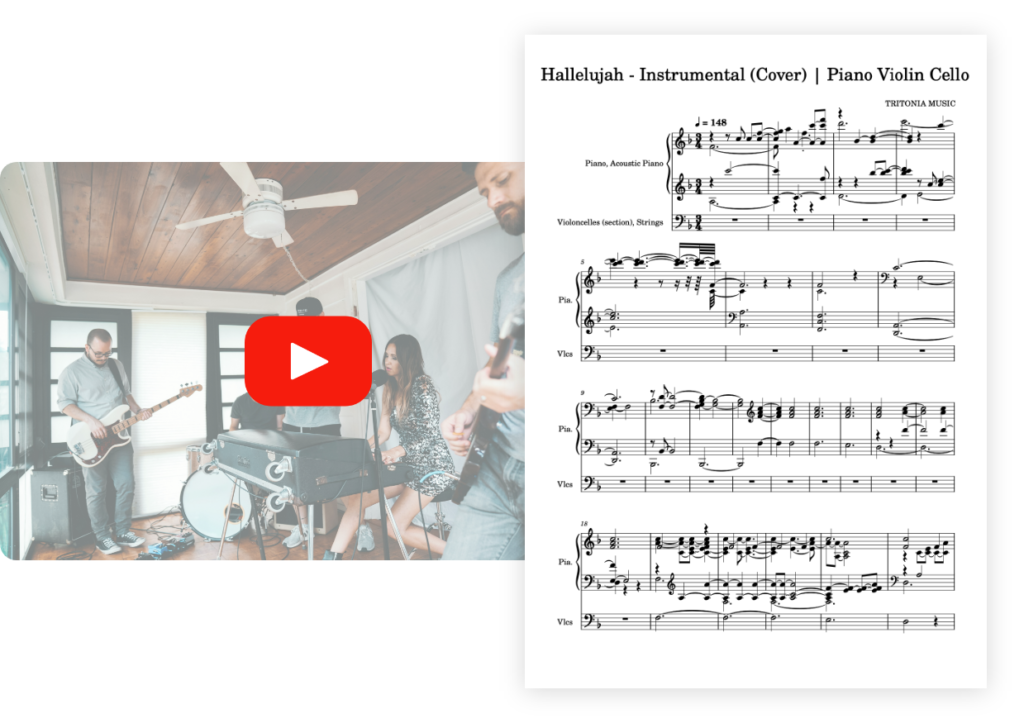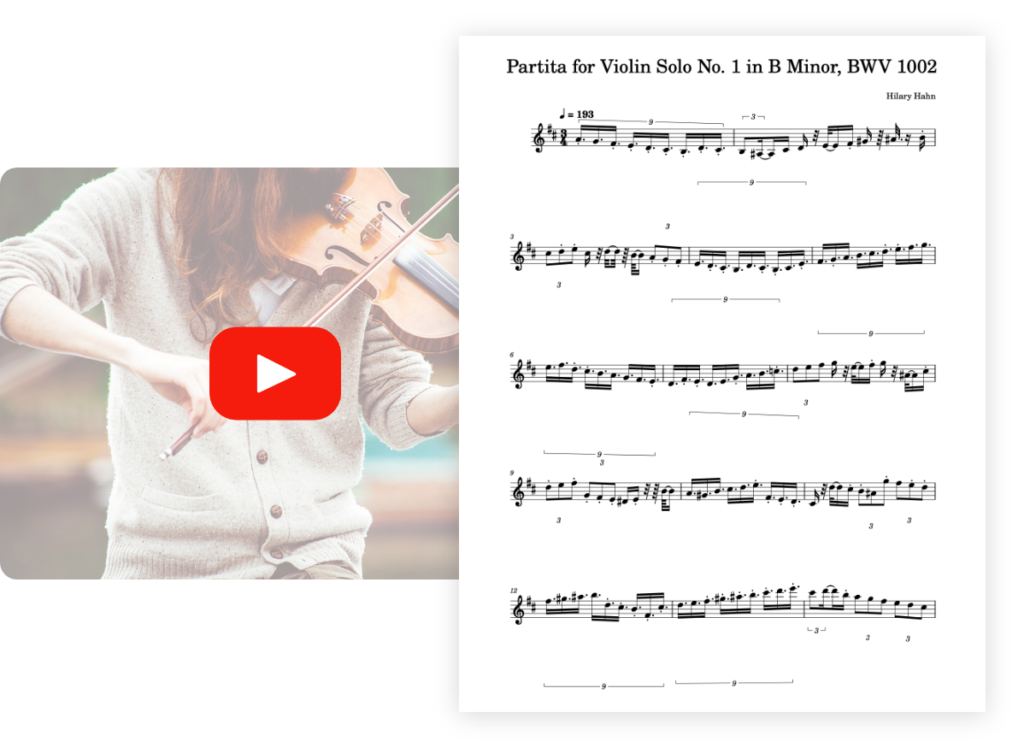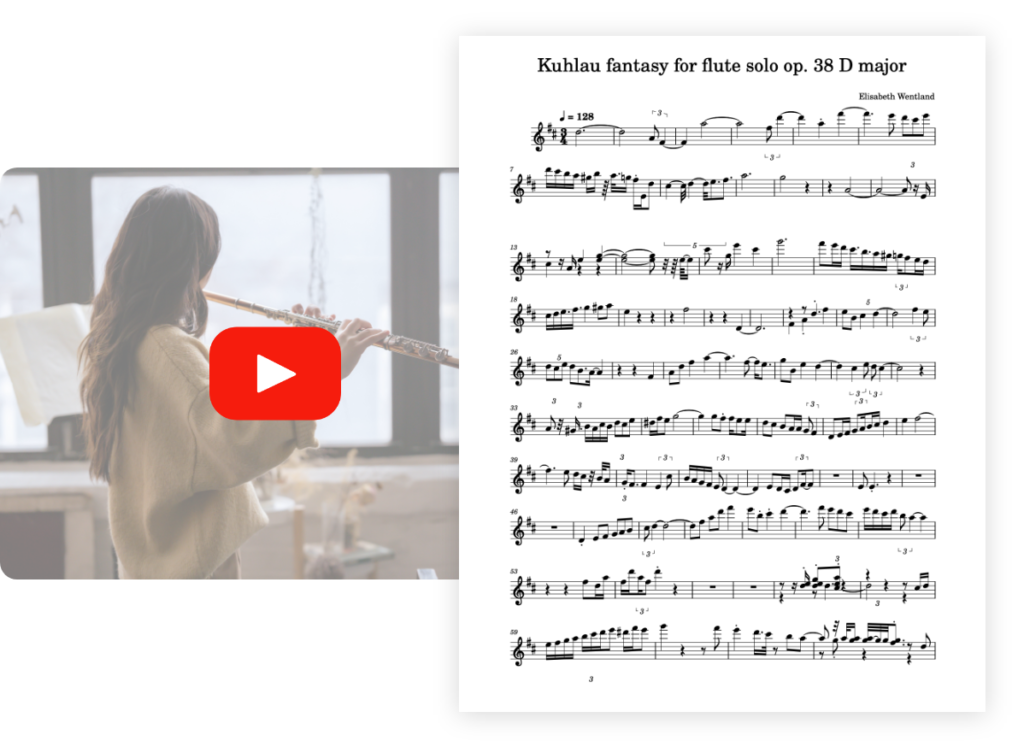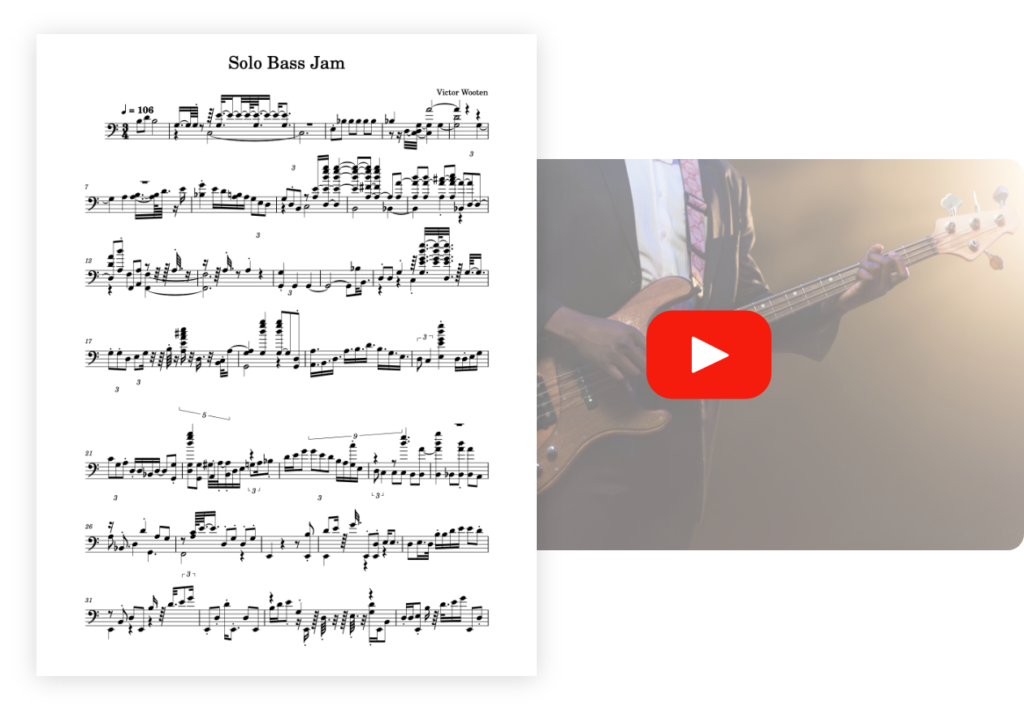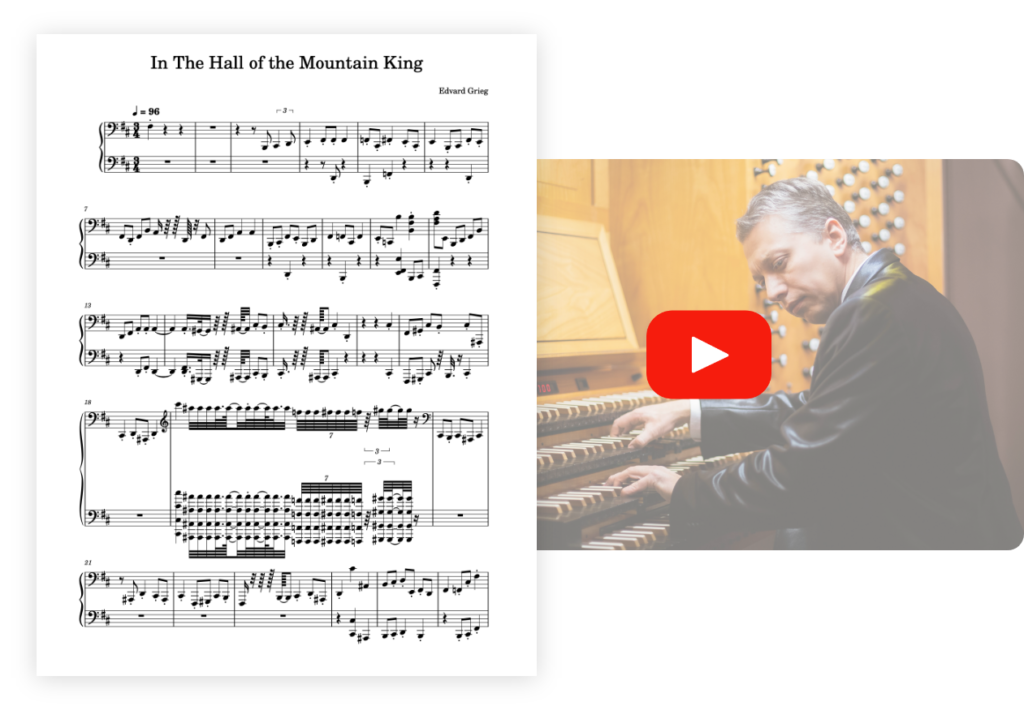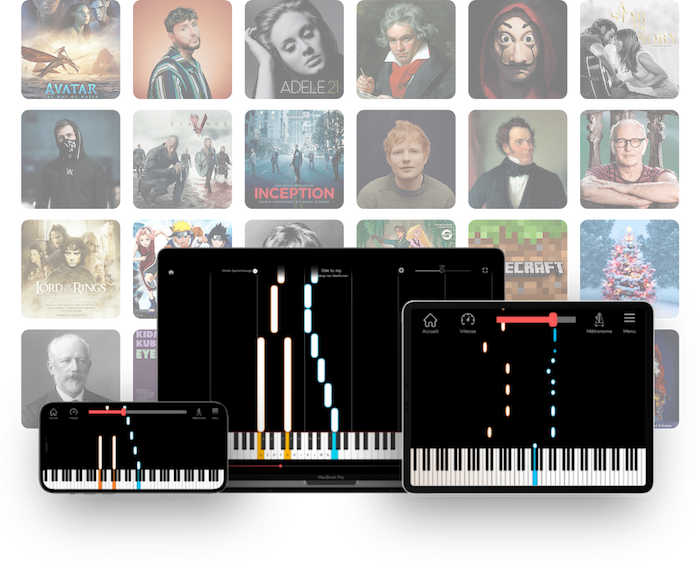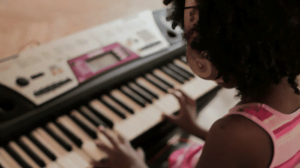What is a piano chord ?
A piano chord is a series of notes played at the same time and producing a particular sound. It is one of the piano basics, and if you know them, you will be able to improvise, compose or better understand the pieces you play.
There are many basic piano chords and they also vary according to musical styles. You won’t find the same chords in pop songs and in jazz songs for example.
There are two types of chords: the major chords and the minor chords. With these chords you will already have a very good basis to work on.
Most piano chords are made up of 3 notes pressed at the same time. This chord is also called the Triad, or Three-note Chord.

Common basic piano chords chart
When he’s starting to play piano, the beginner has thousands of chord possibilities that he can play. It’s not easy to choose among all these possibilities. However, there are some chords that are more common than others and more used in numerous easy piano music. They can be played in almost every musical genres. Among them, you can find the following basic piano chords:
- The A major chord: A / C# / E
- The A minor chord: A / C / E
- The C major chord: C / E / G
- The C major chord: C / E / G
- The C minor chord: C / Eb / G
- The D major chord: D / F# / A
- The D minor chord: D / F / A
- The E major chord: E / G# / B
- The E minor chord: E / G / B
- The F major chord: F / A / C
- The F minor chord: F / Ab / C
- The G major chord: G / B / D
- The G minor chord: G / Bb / D
The Piano Pig video shows us in a very easy way how to make 3 of these basic piano chords:
Major piano chords
A major piano chord gives a rather cheerful tone to the ear. It consists of 3 notes played at the same time. You have to start by choosing your first note, which will be called the fundamental note. Then you have to play a second note, called the third, which is two tones above the fundamental. Finally, play a third note, called the fifth, which is one and a half tones above the third. Here are the major piano chords most played and appreciated by beginners and advanced pianists:
- The C major chord: C / E / G
- The C# major chord: C# / E# / G#
- The D major chord: D / F# / A
- The Eb major chord: Eb / G / Bb
- The E major chord: E / G# / B
- The F major chord: F / A / C
- The F# major chord: F# / A# / C#
- The G major chord: G / B / D
- The Ab major chord: Ab / C / Eb
- The A major chord: A / C# / E
- The Bb major chord: Bb / D / F
- The B major chord: B / D# / F#
These are the most common major piano chords. But there is also another well-known type of chord: the minor piano chords.
Minor piano chords
Minor chords are more melancholy than major chords when they are played on piano. They are the most used chords in your favorite pop and rock songs. To have the minor key of a piano chord, you just have to decrease the former major third by one half-tone: it becomes a minor third and is played on the A flat of the note. Here are the best known minor chords:
- The C minor chord: C / Eb / G
- The C# minor chord: C# / E / G#
- The D minor chord: D / F / A
- The Eb minor chord: Eb / Gb / Bb
- The E minor chord: E / G / B
- The F minor chord: F / Ab / C
- The F# minor chord: F# / A / C#
- The G minor chord: G / Bb / D
- The Ab minor chord: Ab / Cb / Eb
- The A minor chord: A / C / E
- The Bb minor chord: Bb / Db / F
- The B minor chord: B / D / F#
These 12 basic piano chords are the most played of the minor scale. Practice playing them and honor the pop and rock songs you love! If you are interested, you can also accompany them with the use of piano pedals for even more sound effects.
How to make a piano chord?
In music theory and piano sheet music, a major chord always consists of 3 notes: the fundamental, the third and the fifth. At first glance, these terms may seem complicated to understand when you start learning piano, but it is actually very easy to identify them. We simply explain how to make them your own.
To compose a major chord, nothing could be easier: you just have to put your finger on a key of your choice (C, D, E, F, G, A or B), which will be the fundamental note of your chord. Once your finger placed on your note, count 5 piano notes on the right taking into account your fundamental note and also counting the black keys. When you reach 5, you find the third of your chord. To find the last note of your chord (the right fifth), you just have to count 4 notes on the right starting from your third, always taking into account your major third and counting the black keys. When you reach 4, you have the fifth of your chord. Now press the 3 notes at the same time (the fundamental, the third and the fifth). Congratulations, you have made your first major chord!
All major chords are constituted in the same way, no matter which fundamental you start from. Thus, with this method, you can make all the major chords of your choice and chain them according to your own musical sensibility!
But let’s take an example to help you understand a little better.
[Tutorial] Example of a basic piano chord: the C major chord
In this piano exercise we will play the C major chord together. Bring your keyboard and follow the lesson step by step by focusing your attention on the piano fingering. After this tutorial you will be able to play all major chords very easily!
1. To make a C major chord, put your finger on a C note of your keyboard, whatever the octave.

2. Once your finger put on your C note, count 5 notes on the right by taking into account your C note (which will be the fundamental note of your C major chord) and counting the black keys.



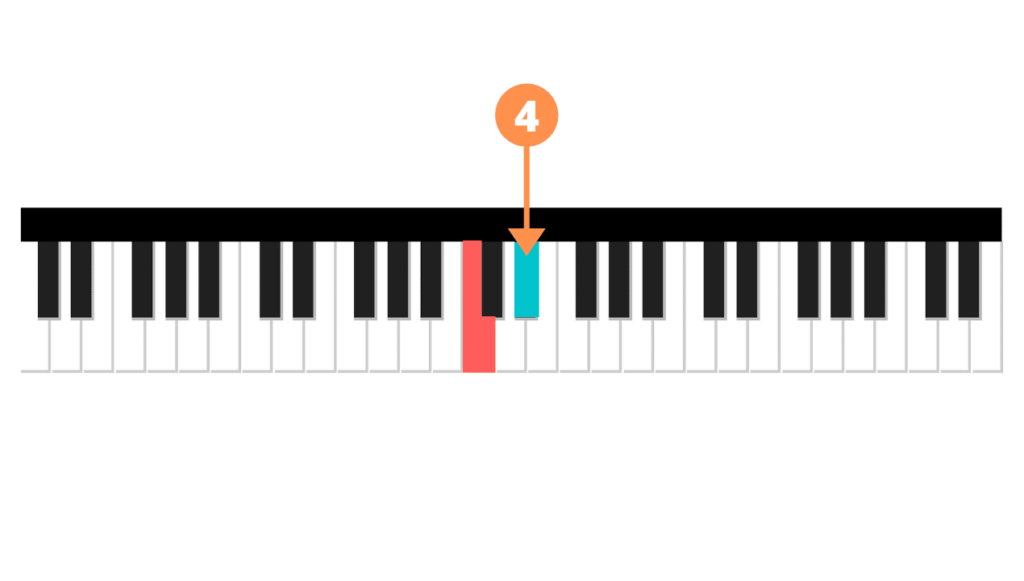

3. You are now on the third of your C major chord. Now we have to find the fifth of the basic piano chord. To find it, you have to count 4 notes on the right starting from your third, always taking into account the third and the black keys in your counting. Let’s show you the way to do it:



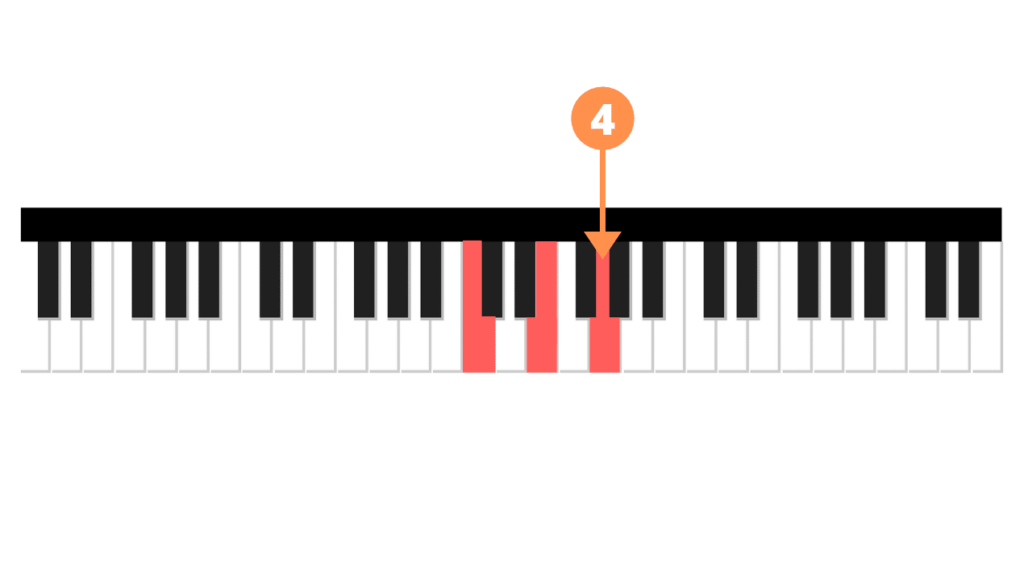
4. You are now on the fifth of your C major chord. Now you just have to press the 3 notes at the same time (the fundamental, the third and the fifth) to hear your magnificent C major chord!
Thanks to this tutorial, you can now play all the chords from the major scale. Go ahead and practice!



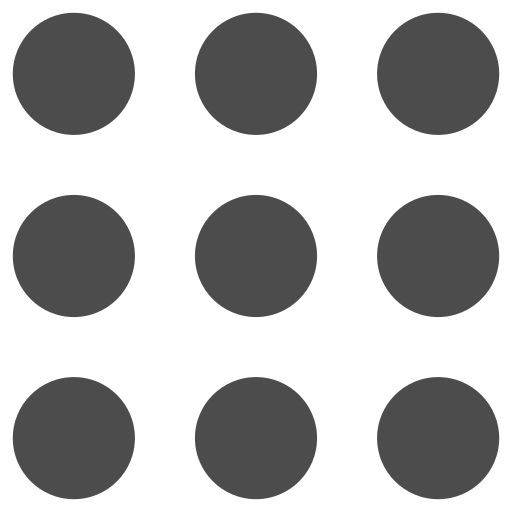
 PianoConvert
PianoConvert
 GuitarConvert
GuitarConvert
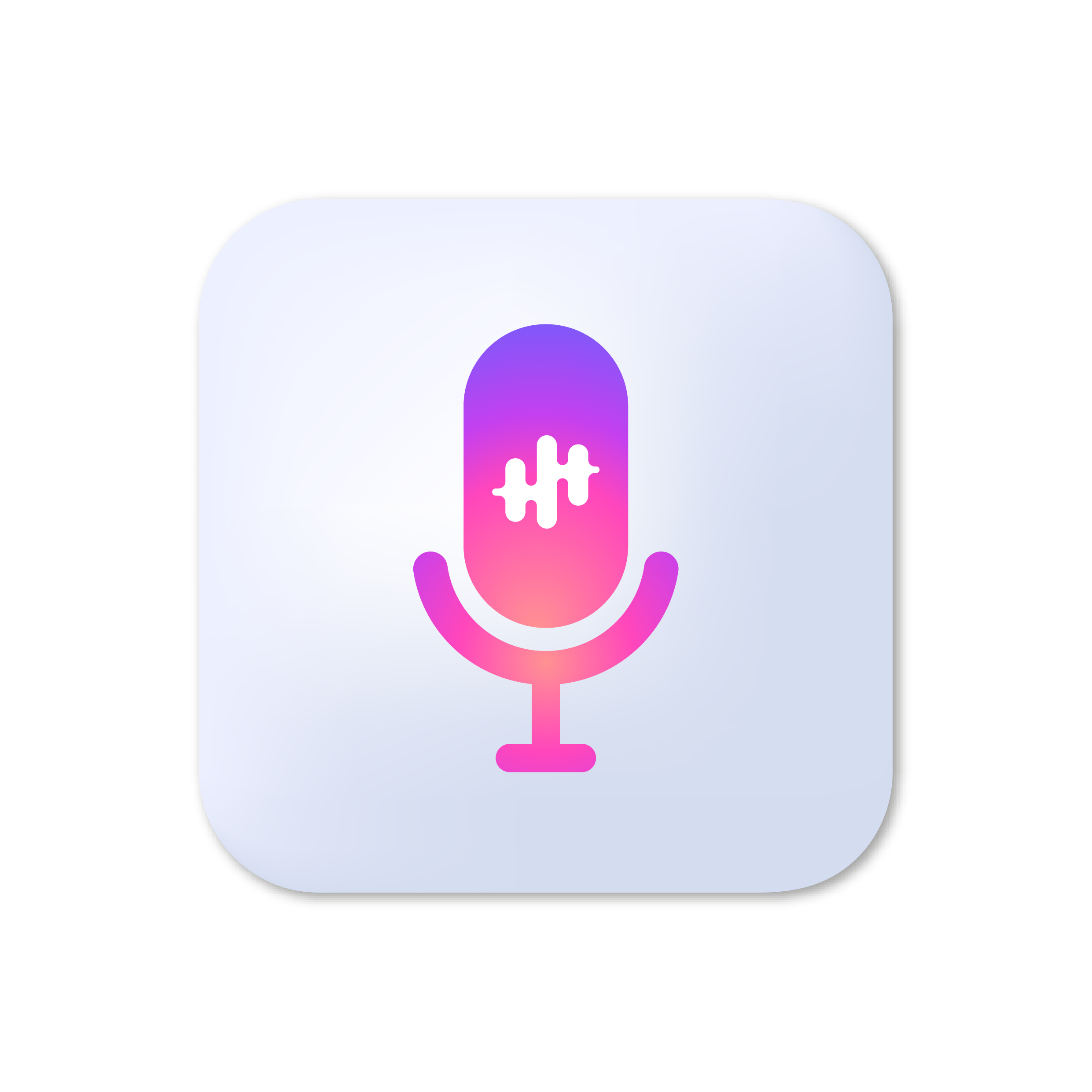 SingConvert
SingConvert
 BandConvert
BandConvert
 DrumConvert
DrumConvert
 ViolinConvert
ViolinConvert
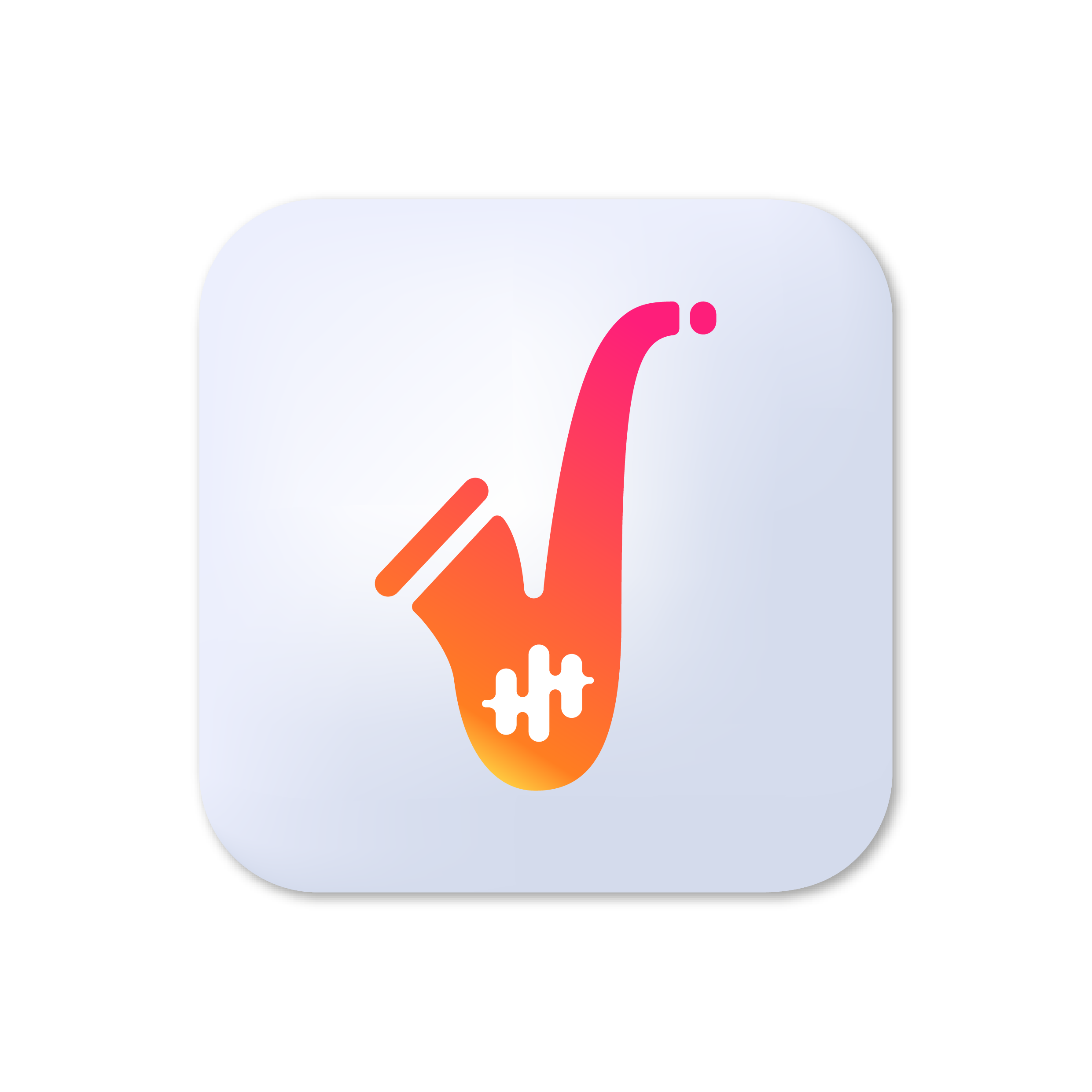 SaxConvert
SaxConvert
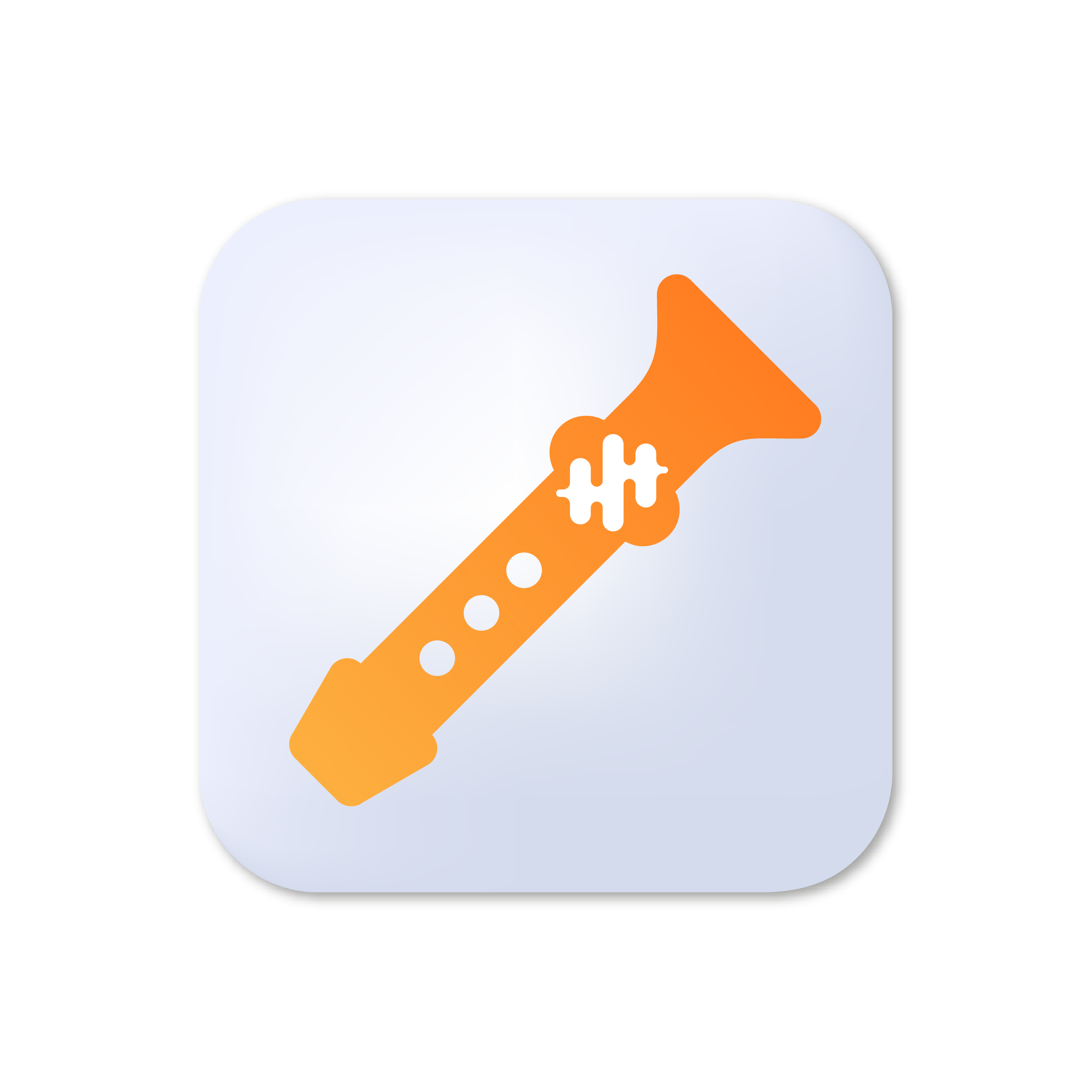 FluteConvert
FluteConvert
 BassConvert
BassConvert
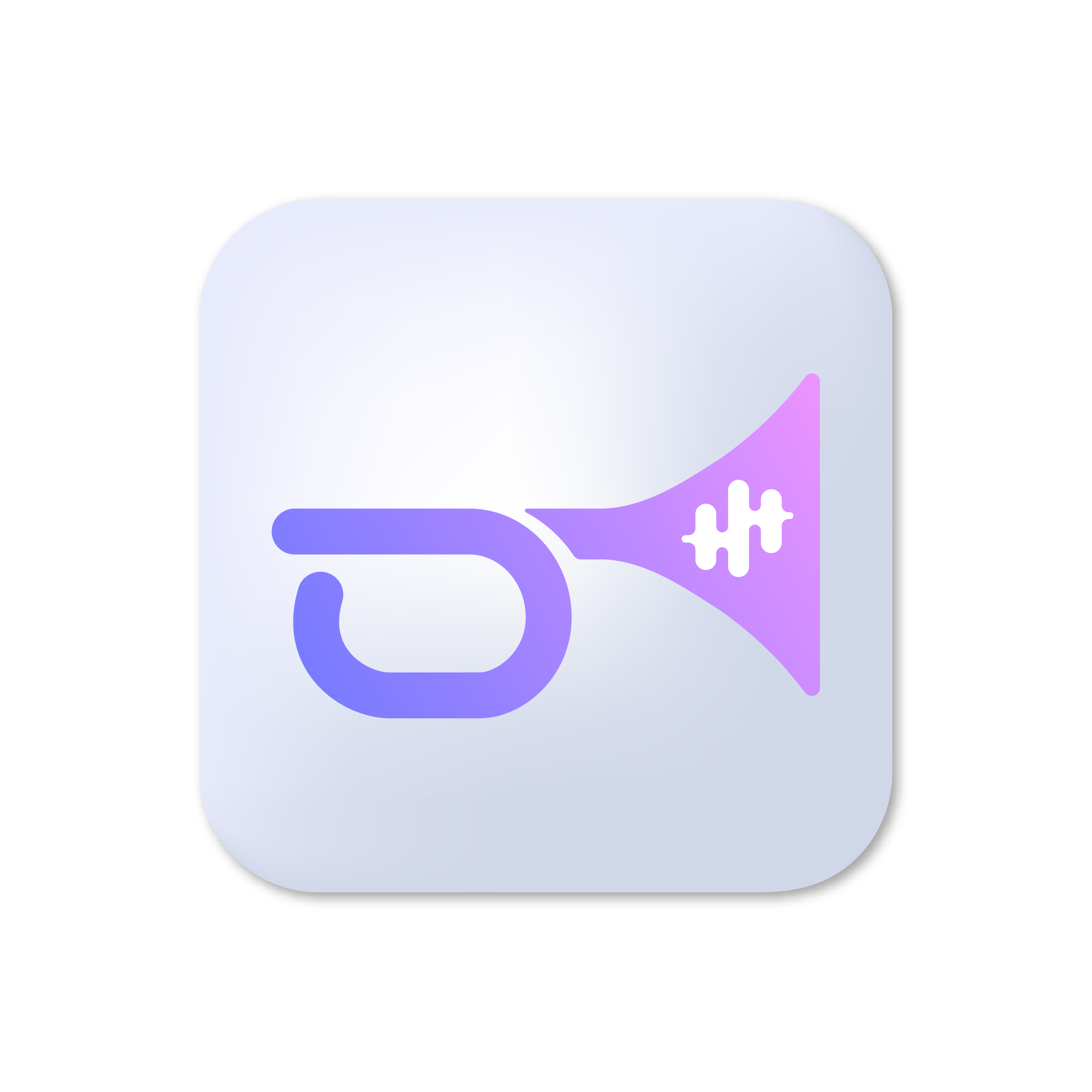 TrumpetConvert
TrumpetConvert
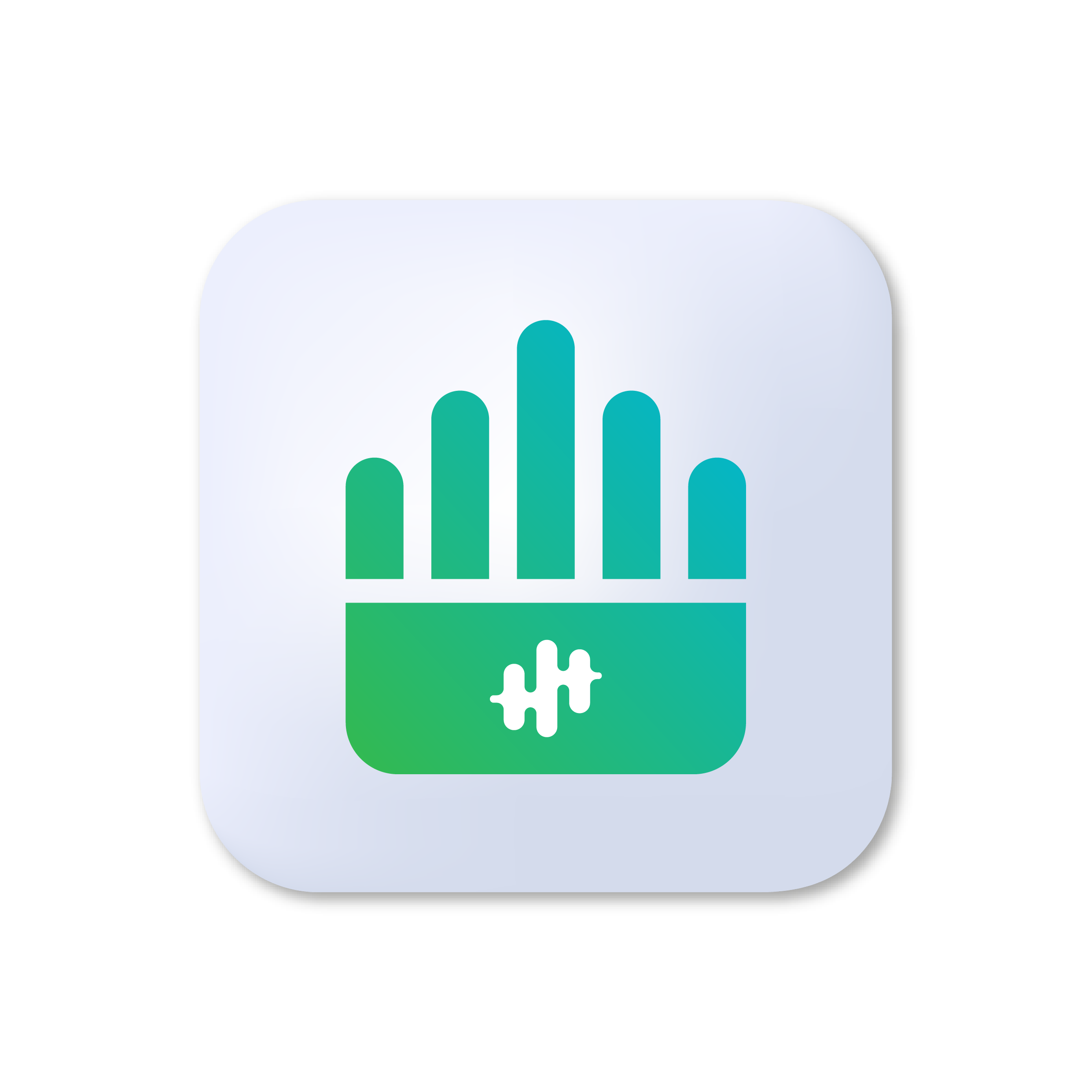 OrganConvert
OrganConvert
 PianoGo
PianoGo


